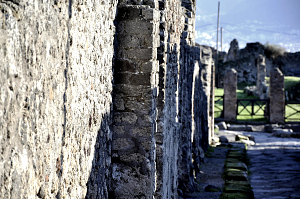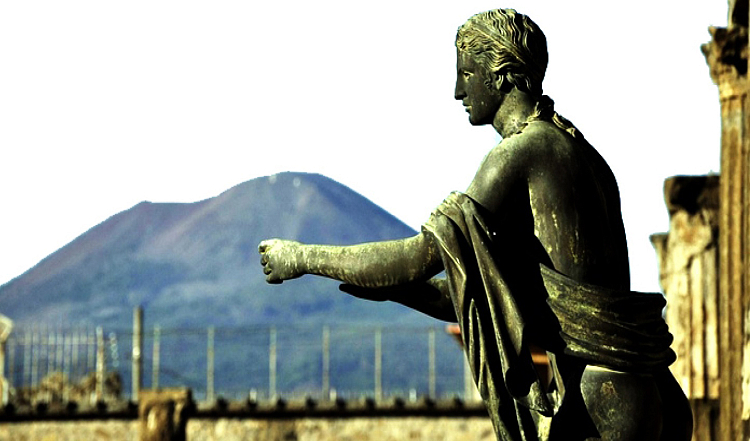
One of the most valuable testimonies that has always showed us the habits and customs, the traditions and culture of a population and of a certain historical period, is surely the fresco. In Pompeii, the city of the Campania region sadly famous to have been destroyed by the eruption of Vesuvius in 79 AD, the wall paintings survived from the tragedy are fortunately many.
Here, the houses were enriched by several painted scenes depicting architectures, landscapes, everyday scenes and even erotic scenes.
The fresco technique is to apply the powdered color pigments directly on the fresh plaster thus activating a chemical reaction that favors the fixing of the colors.
A study sponsored by the Parthenopean Superintendence and conducted by Sergio Omarini from the Optics National Institute of Florence, explained how the intensity and th tone of the red color of these frescoes, is actually the result of an alteration caused by the eruption itself.







